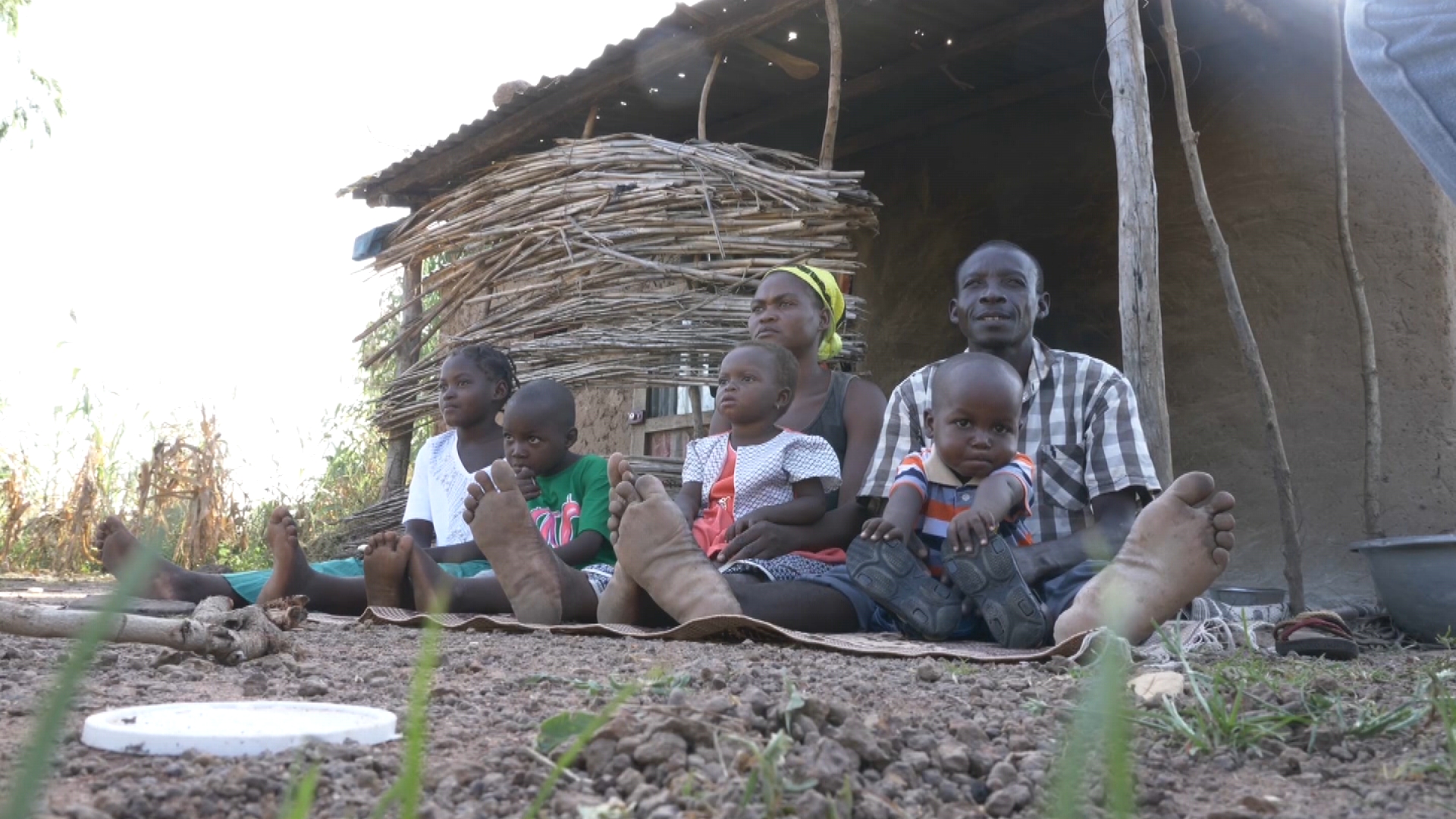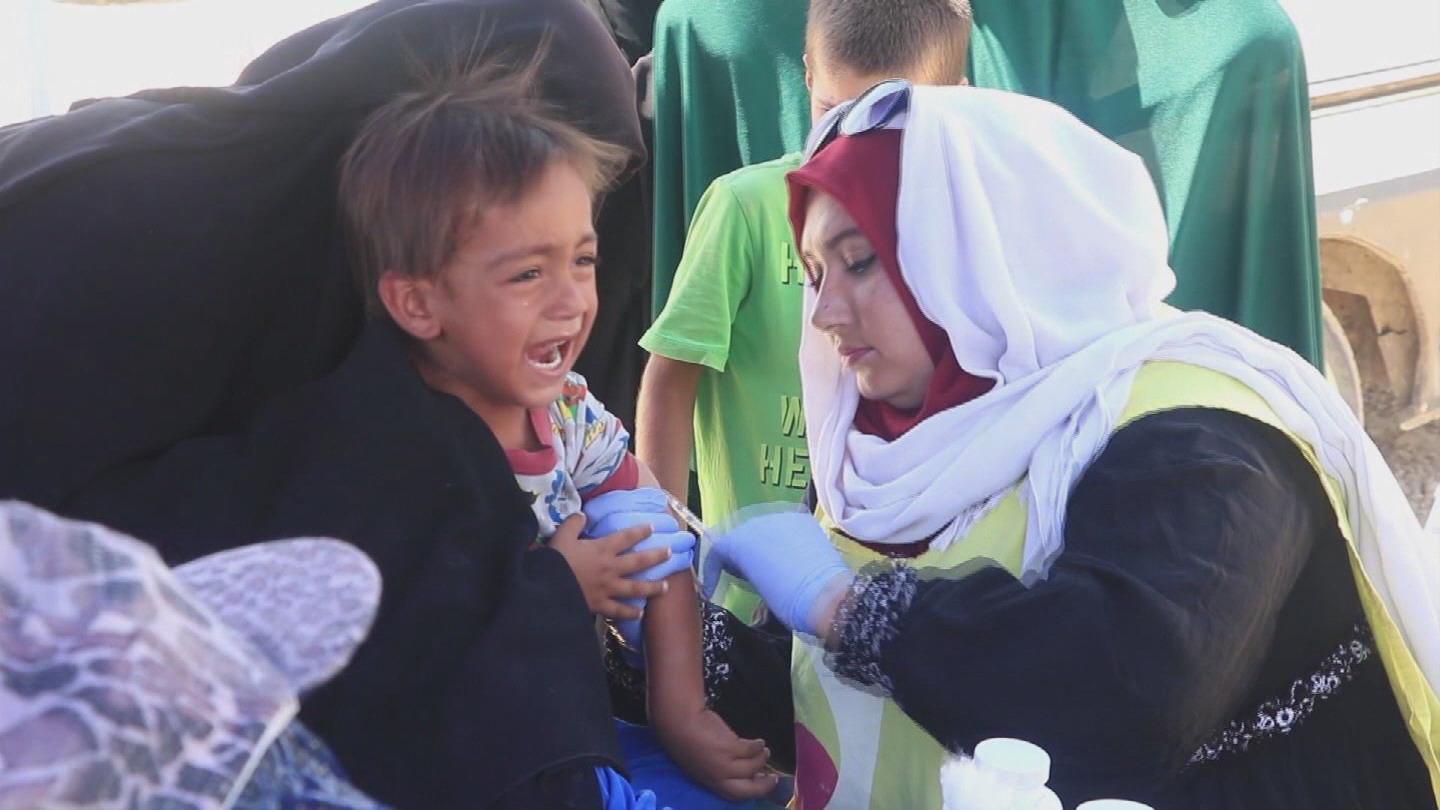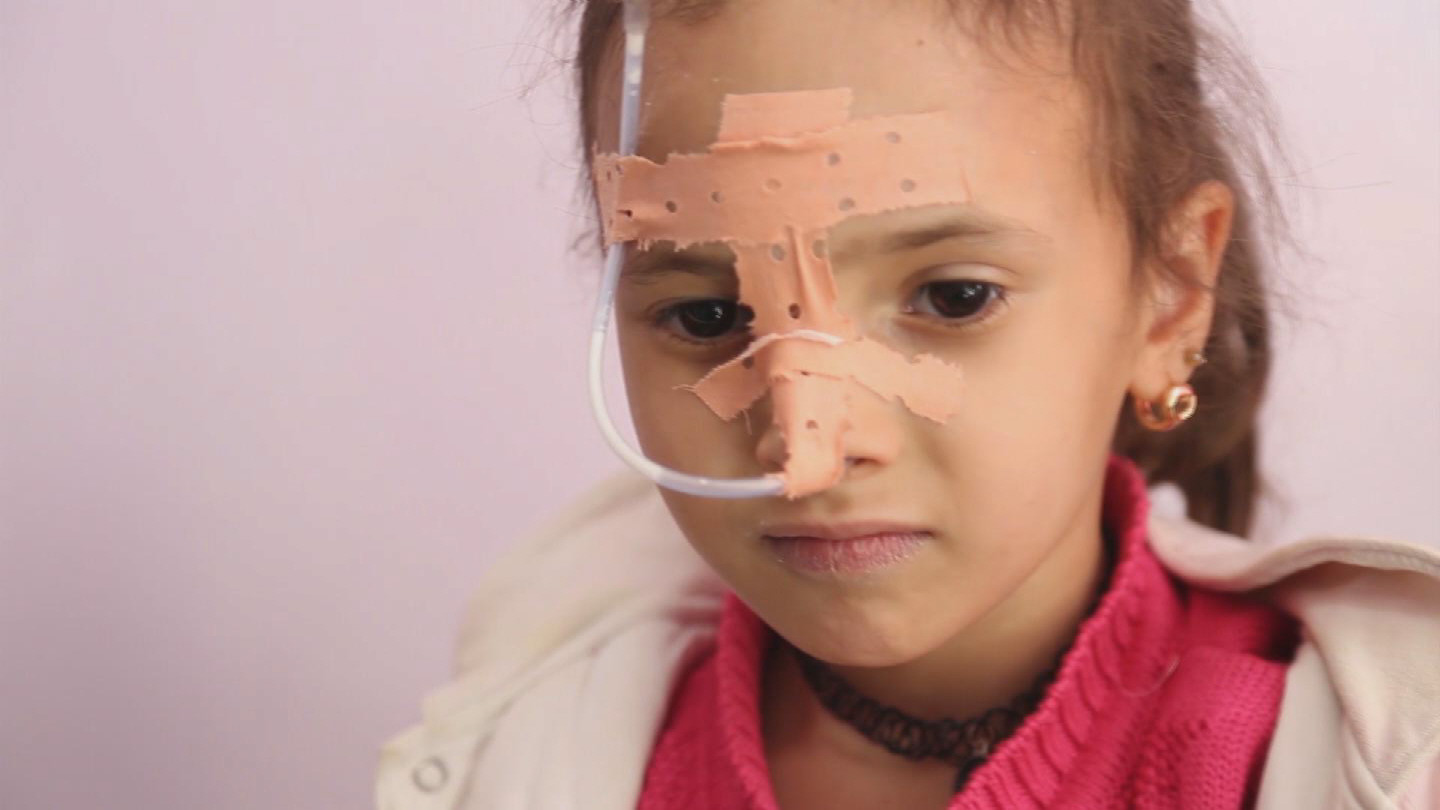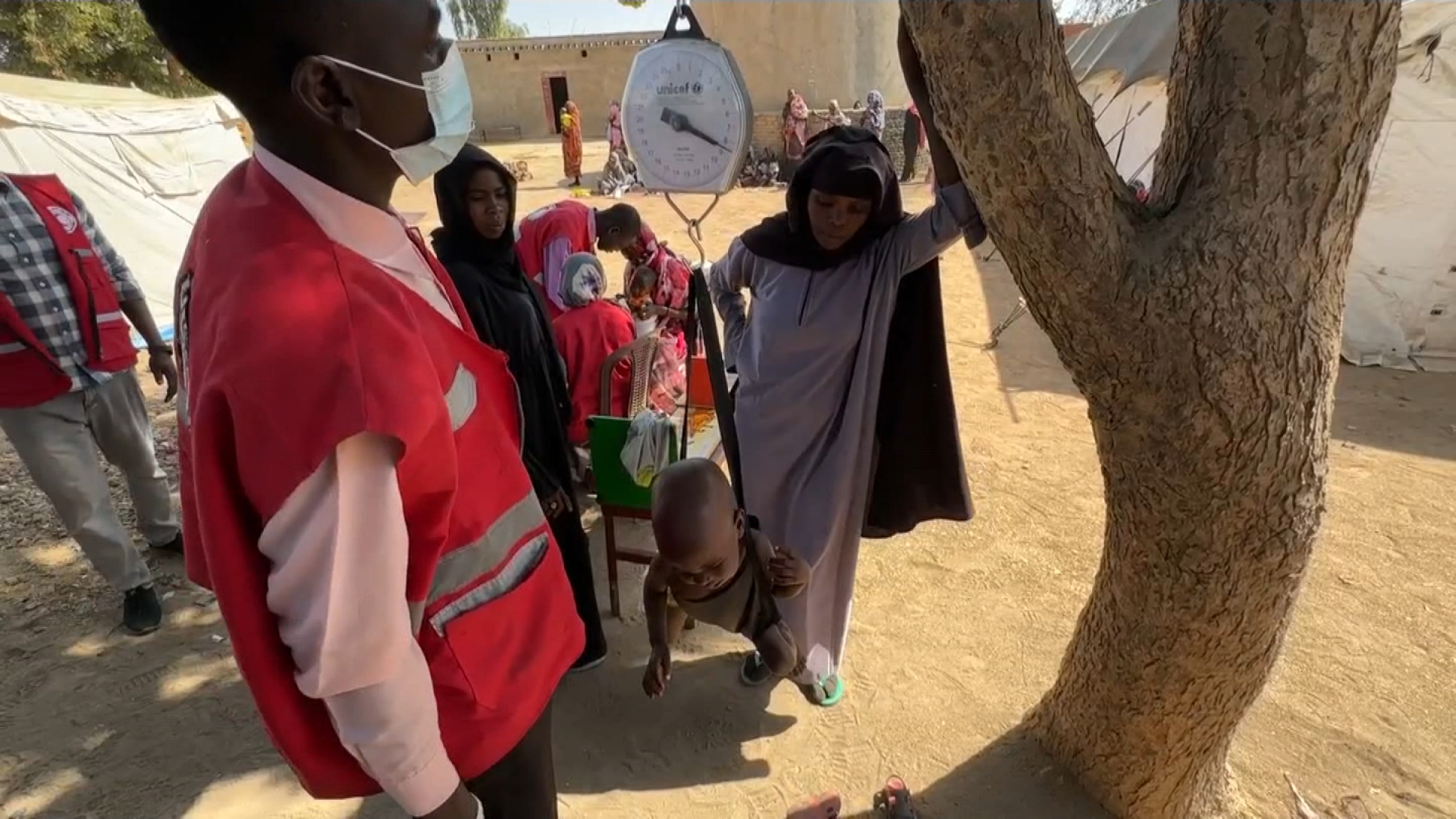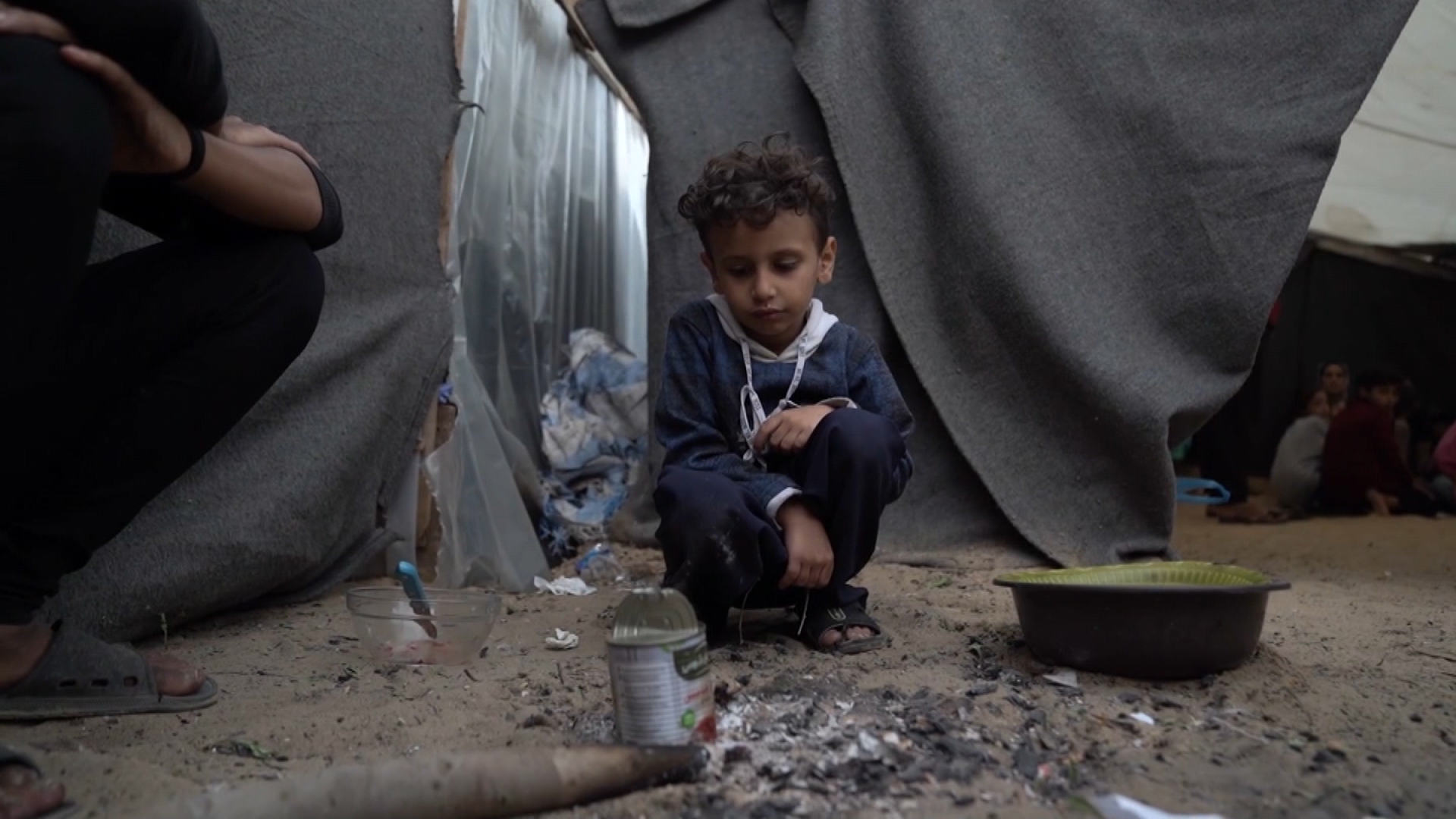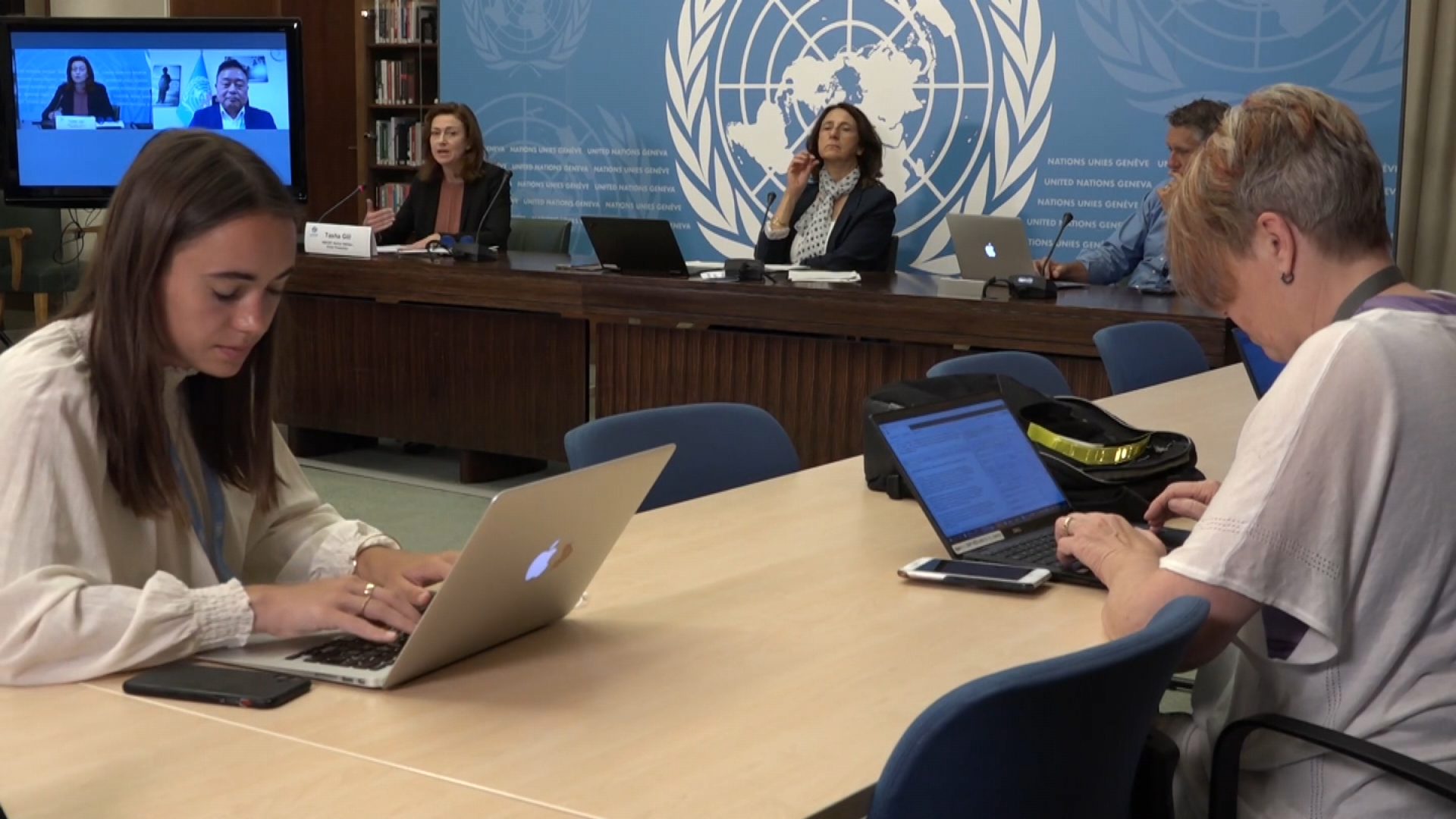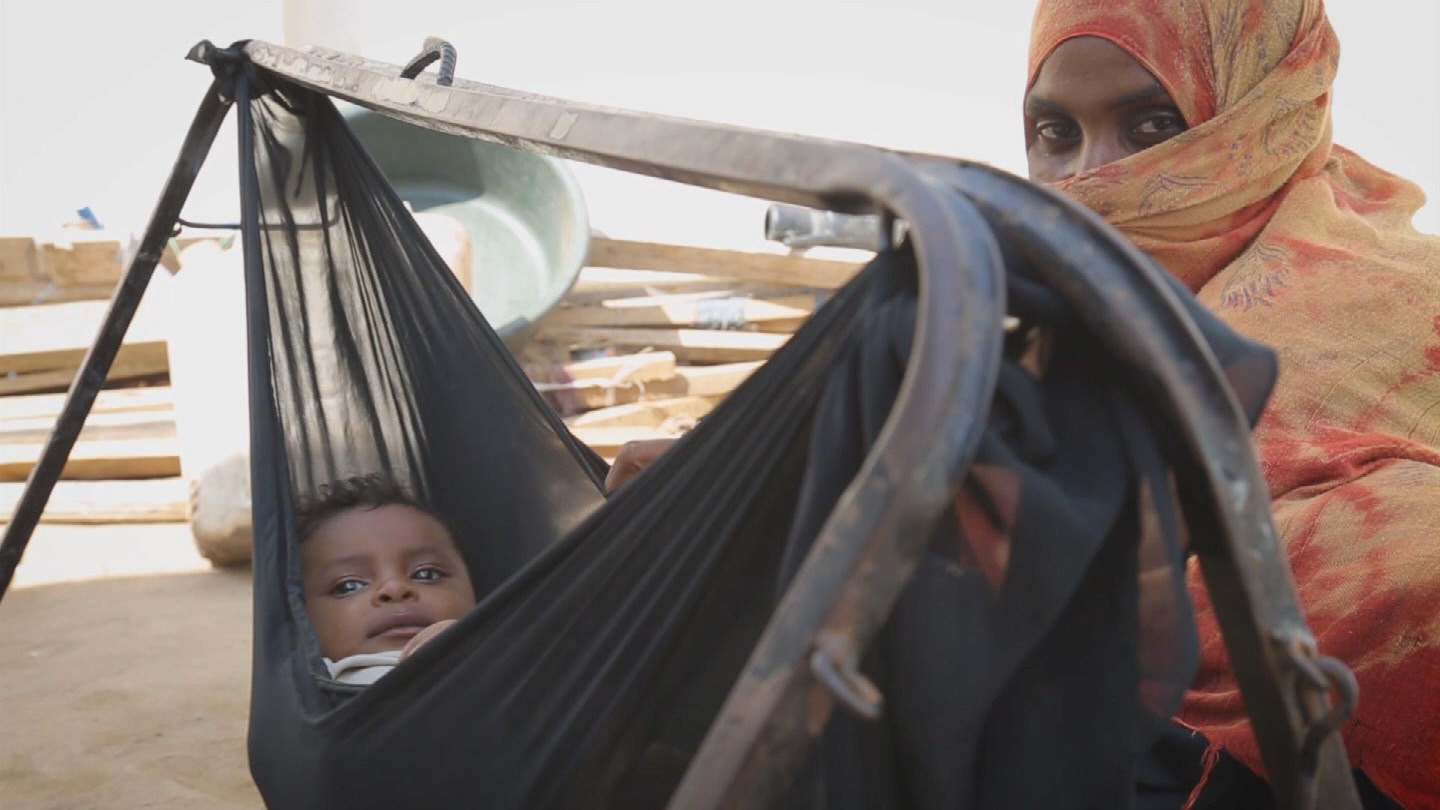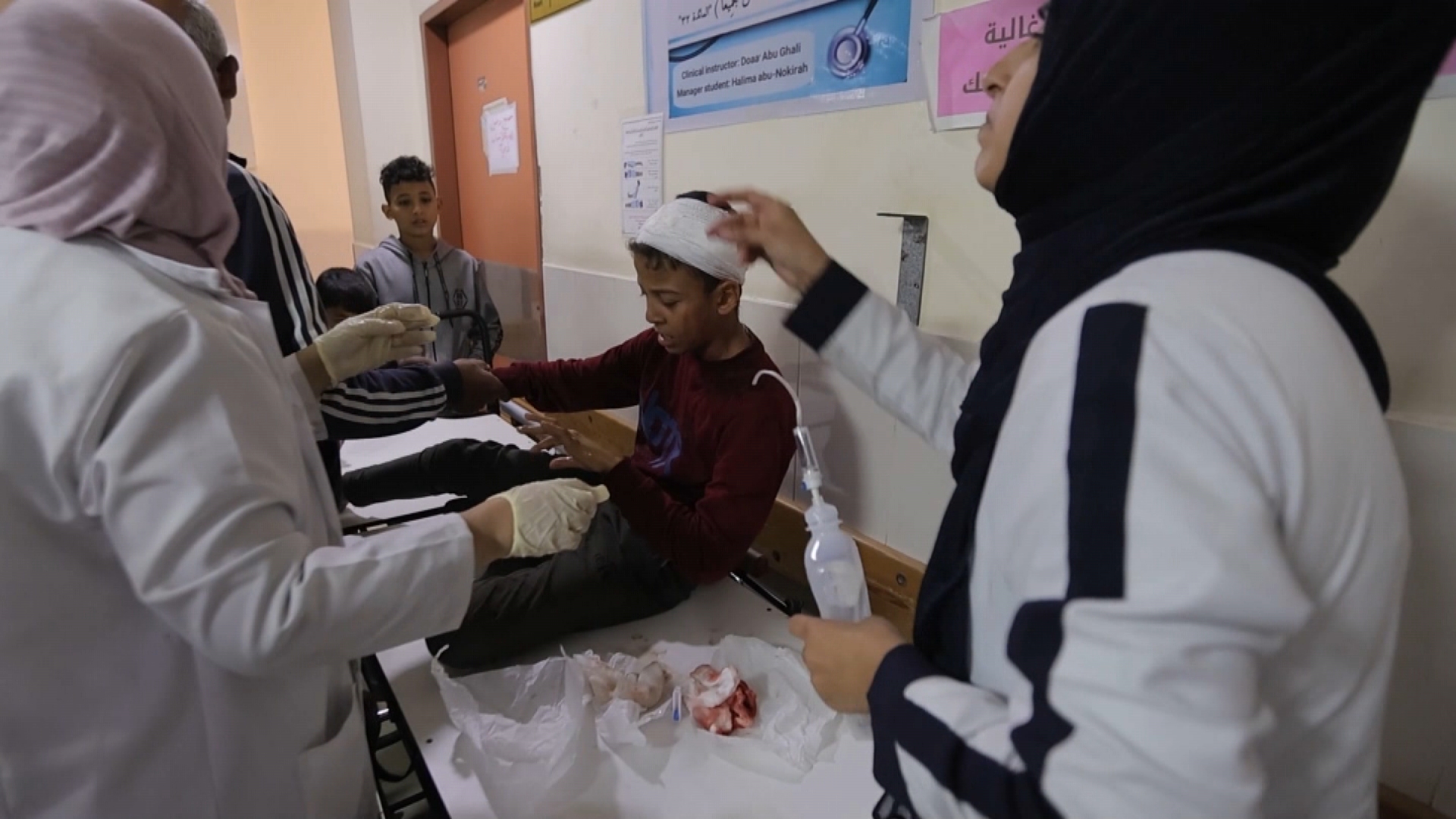Unifeed
GENEVA / UNICEF GLOBAL APPEAL
STORY: GENEVA / UNICEF GLOBAL APPEAL
TRT: 3:58
SOURCE: UNTV CH
RESTRICTIONS: NONE
LANGUAGE: ENGLISH / NATS
DATELINE: 30 JANUARY 2018, GENEVA, SWITZERLAND
1. Exterior, Palais des Nations
2. Wide shot, press briefing room
3. SOUNDBITE (English) Manuel Fontaine, Director of Emergency Programmes, UNICEF:
“If we get the resources we need, and the access that we need to be able to actually reach children – we are hoping to provide 35.6 million people with access to safe water, we hope to be able to immunize 10 million children against measles, we will try to provide formal and non-formal basic education to 8.9 million children close to 9 million children, we will be treating 4.2 million children against severe acute malnutrition.”
4. Wide shot, journalists
5. SOUNDBITE (English) Manuel Fontaine, Director of Emergency Programmes, UNICEF:
“The largest individual appeal is the appeal for refugee children from Syria in neighbouring countries and it reaches close to 1 billion dollars, 952 million dollars is our request. Then we have the Yemen appeal at 337 million dollars and other appeals.”
6. Close up, journalist
7. SOUNDBITE (English) Manuel Fontaine, Director of Emergency Programmes, UNICEF:
“It is important to know that in many of the counties affected by conflict actually more children die from water -borne diseases than they die from the conflict. We often forget that. We also know that poor quality water is a major driver of malnutrition. This is the usual cycle that a child drinks poor quality water, get diarrhoea, get dehydrated, doesn’t feed himself or herself, get malnourished and then gets into severe acute malnutrition. So we know that clean water is an extremely important determinant of good nutrition and health.”
8. Med shot, journalist
9. SOUNDBITE (English) Manuel Fontaine, Director of Emergency Programmes, UNICEF:
“Poor quality or lack of access to quality water, or drought in particular, is a major contributor to migration and movement of people outside their homes in search for water and food.”
10. Med shot, journalists
11. SOUNDBITE (English) Manuel Fontaine, Director of Emergency Programmes, UNICEF:
“If you look at Western Central Africa, for example, we have statistics that tell us that about 1,000 schools in 2017 had been attacked one way or the other, whether that is in Mali or Nigeria and other places. So it becomes a more deliberate kind of action and my sense is also very much an attack on the future of families and communities in general, because you attack their children you also attack their future, you prevent education and as you prevent education you prevent them from actually growing in their societies. So it has an actually, I think it is unfortunate, that it might have become a weapon of war.”
12. Med shot, journalists
13. SOUNDBITE (English) Omar Abdi, Deputy Executive Director, UNICEF:
“The impact of war, natural disasters and climate change continue to force children to flee their homes, trapping them behind conflict lines, and putting them at risk of disease, violence and exploitation. An increasingly worrying trend is that children in war zones have come under attack at a shocking scale throughout the year. Children are being targeted and exposed to brutal violence in their homes, schools and playgrounds. There are no safe havens for children living in conflict in today’s world.”
14. Various shots, presser
One in four children live in countries affected by conflict or disaster according to UNICEF which has appealed today (30 Jan) for 3.6 billion US dollar to provide emergency assistance in 2018.
Speaking to journalists at the United Nations in Geneva, UNICEF’s Director of Emergency Programmes Manuel Fontaine noted that this year UNICEF is appealing for 3.6 billion dollars, 3.6 billion dollars, aiming at reaching 82 million people, including 48 million children in 51 different countries.”
He explained that 84 per cent of that financial ask, of 3.6 billion dollars, is actually going towards humanitarian crisis driven by conflict.
About a third of the appeal will be for the Syria crisis, soon to enter its eight year. UNICEF is seeking 1,3 billion dollars to support 6,9 million Syrian children inside Syria and those living as refugees in assisting countries such as Jordan and Lebanon.
According to UNICEF, the emergencies in South Sudan, eastern Democratic Republic of Congo and Central African Republic have also deepened. Cholera outbreaks last year, especially in conflict-affected countries such as Yemen have increased crucial humanitarian needs. Another priority is helping Rohingya refugees sheltering in Cox’s Bazar in Bangladesh, where the monsoon season will begin in March.
Fontaine said, “if we get the resources we need, and the access that we need to be able to actually reach children – we are hoping to provide 35,6 million people with access to safe water, we hope to be able to immunize 10 million children against measles, we will try to provide formal and non-formal basic education to 8,9 million children close to 9 million children, we will be treating 4,2 million children against severe acute malnutrition.”
Last year, UNICEF’s humanitarian fund raised only 65 percent of the target amount by mid-December.
UNICEF’s emergency director noted that the largest individual appeal is the appeal for refugee children from Syria in neighbouring countries and it reaches close to 1 billion dollars, 952 million dollars is our request. Then we have the Yemen appeal at 337 million dollars and other appeals.”
117 million people living in conflict and disaster are lacking access to safe water. The spread of water-borne diseases is one of the greatest threats to children’s lives in crises. Attacks on water and sanitation infrastructure, siege tactics which deny children access to safe water leave children at risk of relying on contaminated water and unsafe sanitation.
Fontaine concluded that “poor quality or lack of access to quality water, or drought in particular, is a major contributor to migration and movement of people outside their homes in search for water and food”.
“It is important to know that in many of the countries affected by conflict actually more children die from water-borne diseases than they die from the conflict. We often forget that”, said Fontaine. “We also know that poor quality water is a major driver of malnutrition. This is the usual cycle that a child drinks poor quality water, get diarrhoea, get dehydrated, doesn’t feed himself or herself, get malnourished and then gets into severe acute malnutrition. So we know that clean water is an extremely important determinant of good nutrition and health.”
UNICEF said today that parties to the conflict are showing a blatant disregard for the lives of children. Children are not only coming under direct attack, but are also being denied basic services as schools, hospitals and civilian infrastructure are damage or destroyed.
Referring to 1,000 schools that had been attacked in 2017 in Mali or Nigeria or some other places, UNICEF’s emergency director Fontaine said that “there seems to be almost kind of a new norm or a new acceptable norm that attacking schools, attacking health centres is somehow…, we are becoming almost numb to that”. According to Fontaine “it becomes a more deliberate kind of action and my sense is also very much an attack on the future of families and communities in general, because you attack their children you also attack their future, you prevent education and as you prevent education you prevent them from actually growing in their societies. So it has an actually, I think it is unfortunate, that it might have become a weapon of war.”
Omar Abdi, UNICEF Deputy Executive Director, said that “the impact of war, natural disasters and climate change continue to force children to flee their homes, trapping them behind conflict lines, and putting them at risk of disease, violence and exploitation”. Abdi added that “an increasingly worrying trend is that children in war zones have come under attack at a shocking scale throughout the year. Children are being targeted and exposed to brutal violence in their homes, schools and playgrounds. There are no safe havens for children living in conflict in today’s world.”
Download
There is no media available to download.
